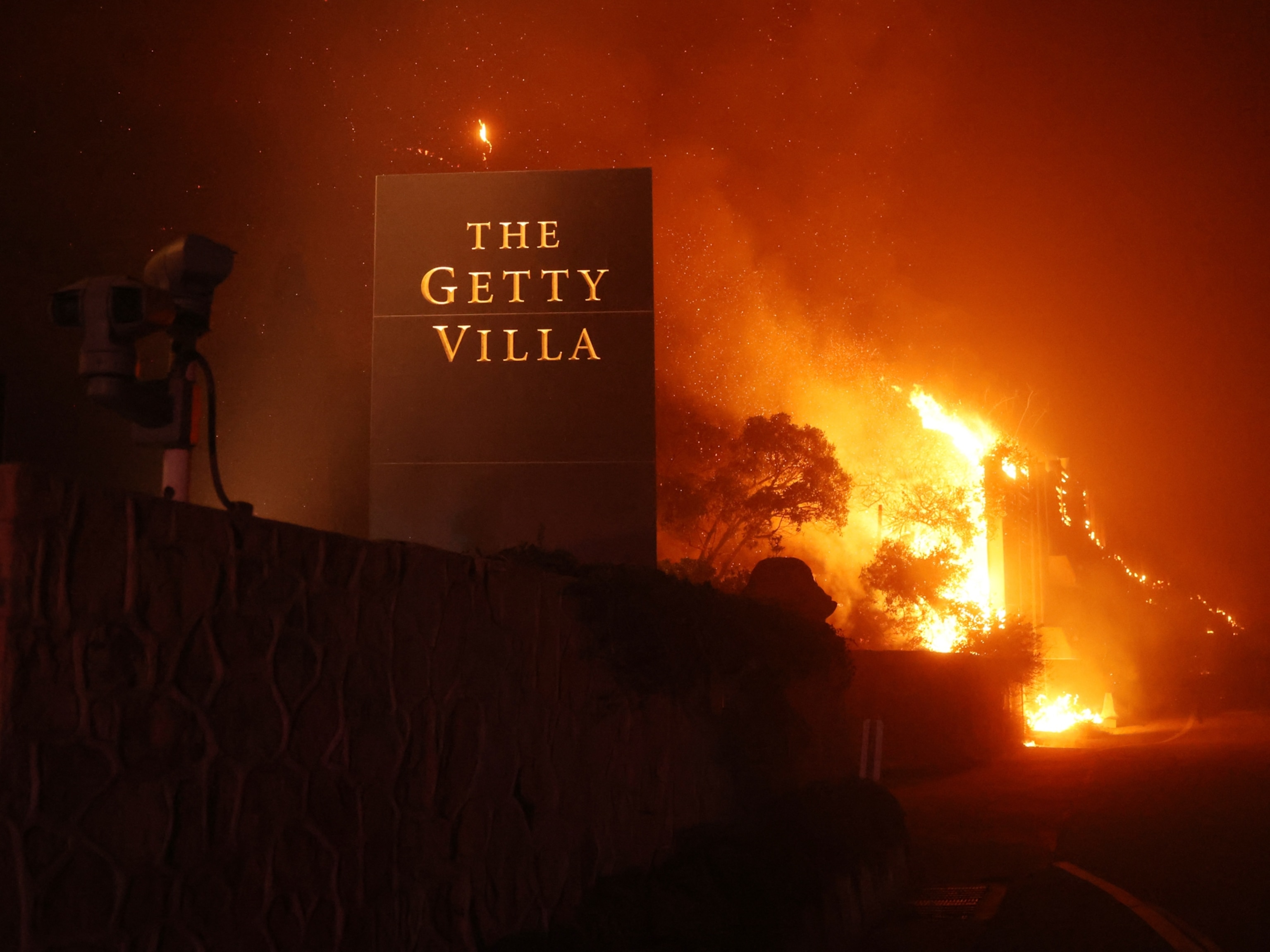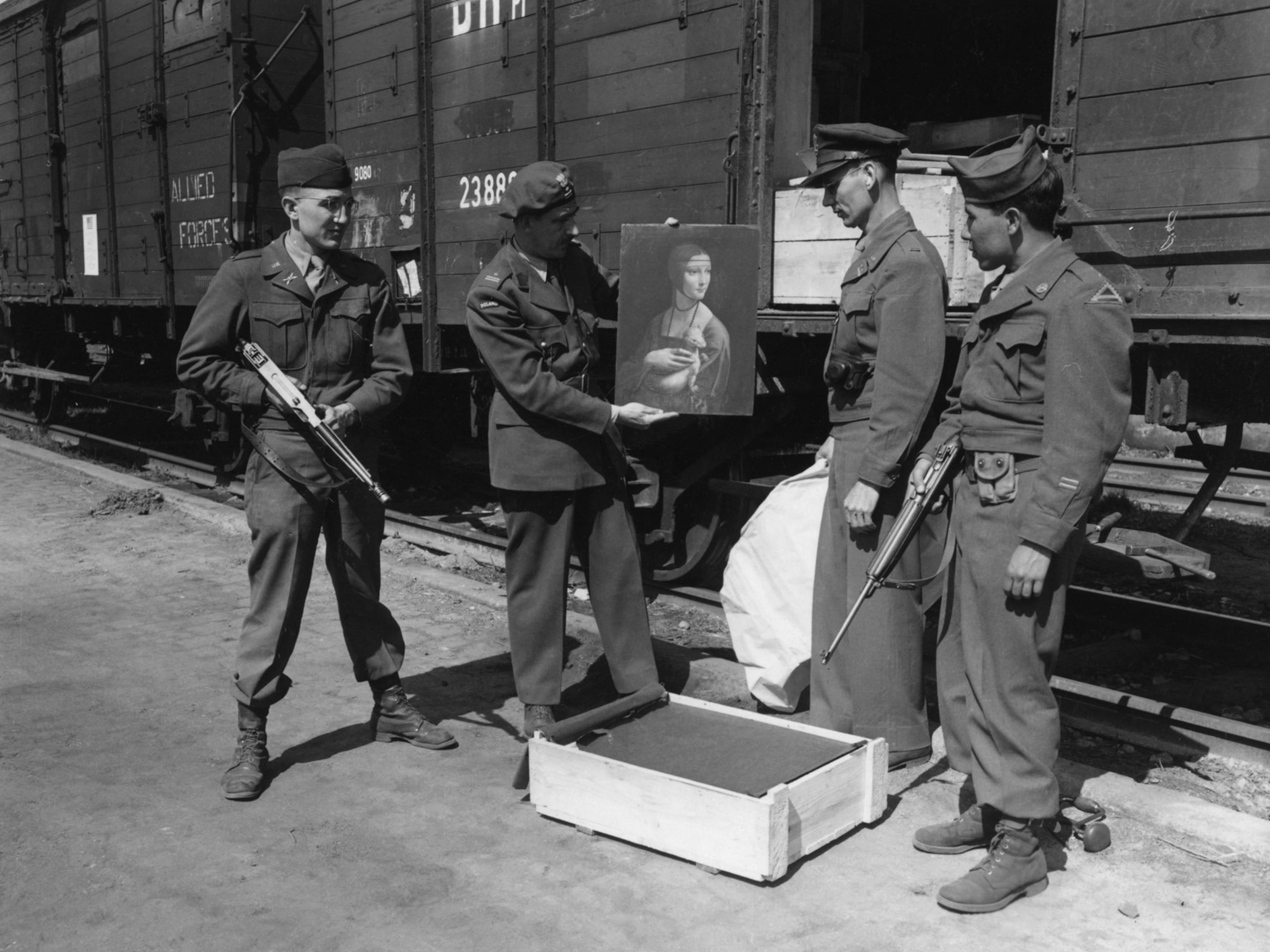Medieval nostalgia is everywhere right now
From burning castles to swords and magic and velvet gowns, medievalism has taken over 21st century pop culture.
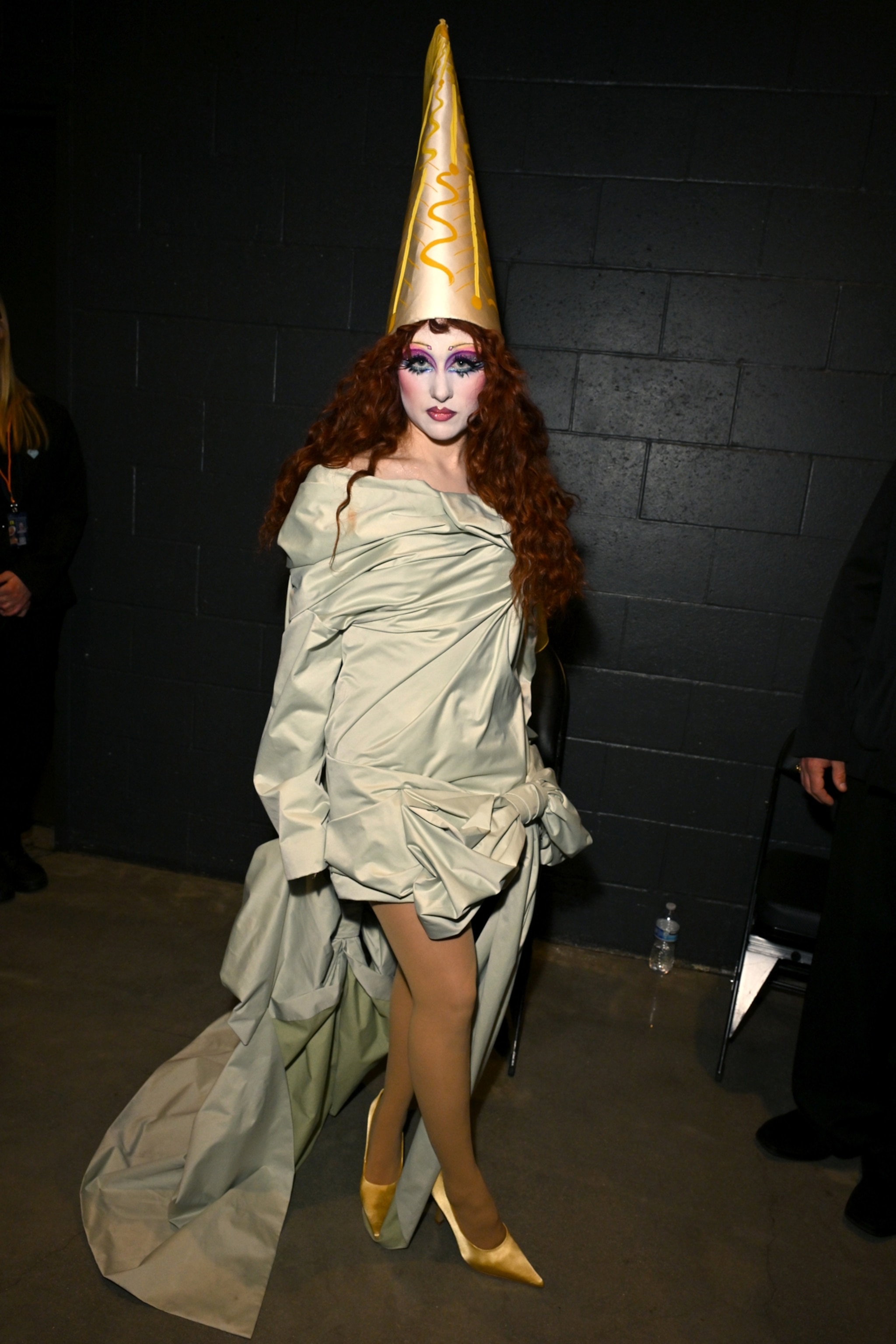
In 2024, Gen Z pop star Chappell Roan capped off her meteoric rise to fame with an MTV Video Music Awards performance of her hit single “Good Luck, Babe.” Equal parts playful and camp, Roan wore a suit of chainmail and gleaming plate armor and fired a crossbow to ignite a pyrotechnic display in a backdrop dominated by a digitally rendered castle. There was little in the song itself to prompt such iconography: the catchy pop hit is a sarcastic kiss-off from one woman to another who just can’t admit their romantic relationship.
But Roan was paying homage to the long history of Joan of Arc, the patron saint of France, who has become a modern-day queer icon for transgressing gender norms when she took up arms to fight on her country’s behalf. Roan was drawing on the resonance between the emotional register of a cataclysmic breakup, and the larger-than-life stories Western culture tells itself about the Middle Ages. As Roan wailed the song’s climax, surrounded by a troop of dancing knights, that CGI castle apocalyptically was engulfed in vivid red flames behind her.
Roan is far from the only person turning to the imagery of castles, armored warriors, and monsters these days. Fantasy novels are dominating the bestseller charts with tales of heroines fighting their way through fantastical worlds (and falling in love while doing so). Social media platforms are awash in dreamy video collages of princesses and knights, with young women teaching each other how to make pointy princess hats and capture the Lord of the Rings look. Fashionistas clip Labubus, fuzzy, unnerving little creatures inspired by Nordic folklore with maniacal smiles full of jagged teeth, to their designer bags. Once a month, armor-clad fighters meet and clash in New York City’s Central Park for crowds of cheering spectators, and Renaissance festivals are smashing attendance records. The popular culture of the 21st century is the past.
But this isn’t the historical Middle Ages, of course. It’s a vibe, an aesthetic, a malleable fantasy world of magic and swords and crumbling stone towers and velvet gowns and mysterious forests that collapses centuries’ worth of imagery into little pocket universes. It doesn’t concern itself with the distinctions between ninth and 14th century fashion or the finer points of trade routes. It’s John Everett Millais’s dreamy Pre-Raphaelite painting Ophelia (1851-52), Taylor Swift’s “Fate of Ophelia” music video paying homage to a mishmash of Pre-Raphaelite paintings, Liv Tyler’s otherworldly princess from the turn-of-the-millennium Lord of the Rings adaptation, and the blood-soaked television universe of Game of Thrones.
Megan L. Cook, a professor of medieval literature at Colby College, has a clever and useful interpretative lens for much of this: she calls it “dirtbag medievalism.” She coined the term in an attempt to “index yearning, bravado, and tentativeness best encapsulated by Wheatus’s 2000 alt-pop classic 'Teenage Dirtbag',” she writes — picture “Bart Simpson on a skateboard in a suit of armor.” It’s less about an accurate representation of a historic era and more about playing with tropes and visual cues collected from pop-culture sources that wink to popular fantasies about the supposed age of chivalry.
“The Middle Ages in our present moment, the here and now, once it becomes unhitched from this idea of historical reference, it starts to signify anything that is not now, and by now, I mean modernity in a broad sense,” Cook tells National Geographic.
Sometimes, the results are playfully escapist, like when young adults treat themselves to a kitschy night out at Medieval Times where knights tourney while the audience feasts. Sometimes, though, it’s less an escape than a recasting. The language of high fantasy—the tropes of the made-up Middle Ages, thrown into a pop cultural blender—is one of stark drama and vertiginous emotions, suffused with notes of desire and despair, yearning and mournfulness. And it may, in fact, be the only vessel big enough to contain what it feels like to live through the historical upheavals of the 2020s, a time of conflict, flames, and even plague.
Like Roan sings, “You’ll have to stop the world just to stop the feeling.”
(Before pickle priests and jousters, this is the story of the first Renaissance Fair.)
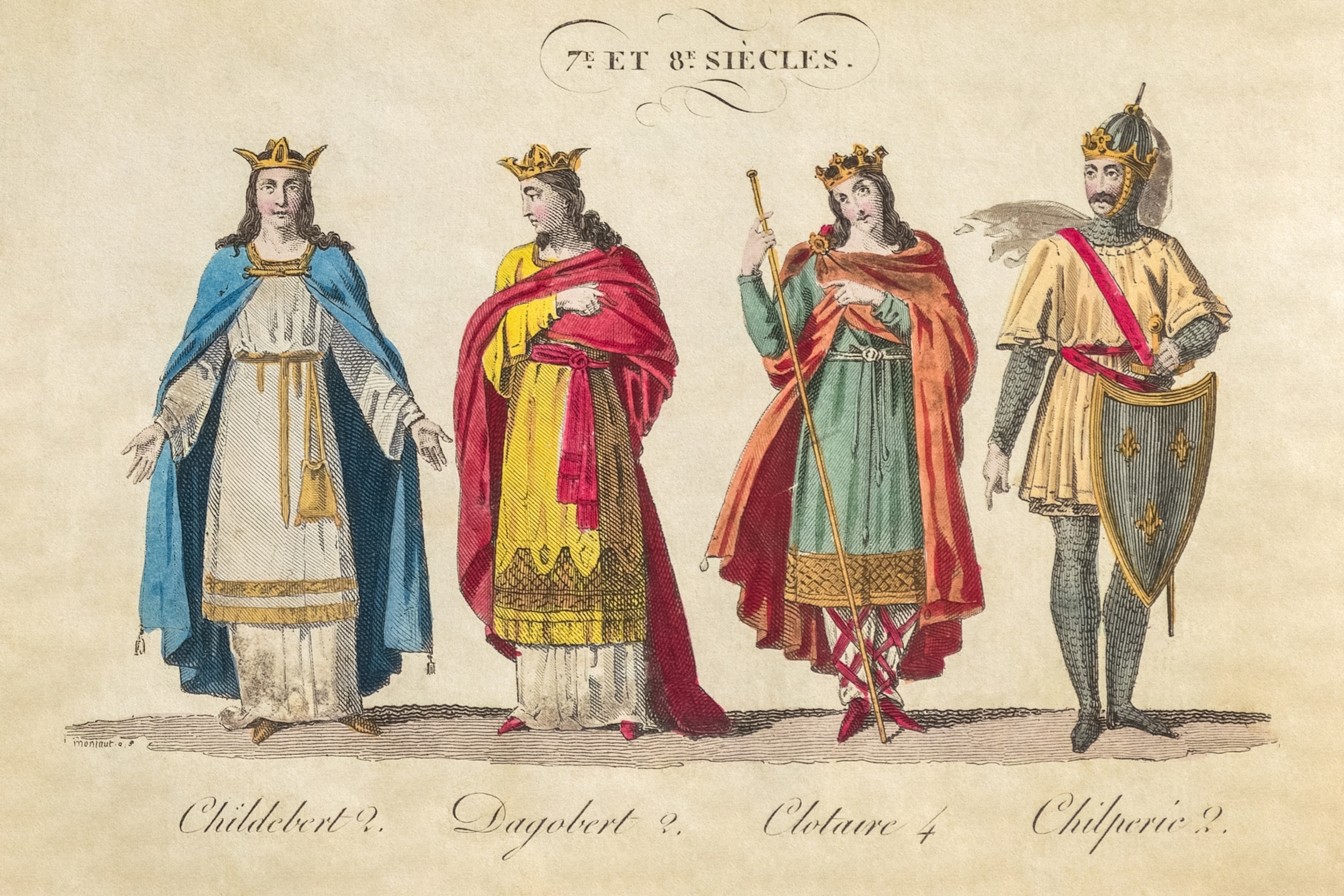
Medievalism and the Victorians
The medieval is difficult to define by precise dates, largely because, as Cook explains, “no one living in the Middle Ages ever said ‘Hey, I’m living through the Middle Ages.’” The term generally refers to the centuries between the classical worlds of Greece and Rome and the Italian Renaissance, anytime between 500 and 1500 A.D. (Indeed, the term “medieval” is a 19th-century invention.) Though largely ahistorical, the era is often cast as history’s villain, synonymous with the primitive and backward. A 1952 Redbook headline about grocery stores offers an example: “FILTH IN OUR FOOD: Our medieval market places still do business in unspeakable squalor.”
But our 21st-century obsession with all things medieval has little to do with the realities of the era, a vast span of time that encompassed many different social, political, and economic shifts. Pop culture doesn’t particularly care about the distinctions between the Merovingian kings of the sixth century Franks and the Capetian kings of 12th century France, or the differences between chainmail and full plate armor. It has more to do with what scholars call “medievalism,” which, as Cook explains, “refers to any kind of post-medieval recreation, imaginative engagement with the Middle Ages.” Game of Thrones is a classic example.
Cook has put her own spin on the concept in the form of dirtbag medievalism. It’s not a pejorative term, she explains, “but I do intend it as a term that recognizes something about the instrumentality and superficiality of so much of what I see about the ambient medievalism in popular culture today.” It’s not trying to be accurate, or even particularly serious. It’s not Chaucer’s Canterbury Tales, playful and bawdy though it is; it’s the swoony 2001 riff A Knight’s Tale, starring Heath Ledger at the height of his romantic appeal to millennials and featuring hair and makeup straight out of a Delia’s catalog. “This copy of a copy of a copy, that still carries a kind of emotional heft to it,” she explains.
“We’re all swimming in this soup of medievalism, but it often has very, very little to do with the actual Middle Ages,” Cook says. And it’s not unique to our modern moment: the medieval had to be invented before we could be nostalgic for it.
In the 1840s, Eugène-Emmanuel Viollet-le-Duc embarked on a decades-long career of restoring—and, in many cases, substantially rebuilding—the great landmarks of medieval France. He worked on notable French cathedrals like Notre Dame and Saint Denis crystallizing the medieval aesthetic. When you conjure up the image of a medieval cathedral, your perception has been undoubtedly influenced by Viollet-le-Duc. But he was part of a larger 19th-century cultural moment obsessed with the period.
In Britain, prominent Victorian poet Alfred, Lord Tennyson, retold the stories of King Arthur and his noble court at Camelot in his masterwork, Idylls of the King, while the Pre-Raphaelite Brotherhood, a group of artists, drew on influences such as medieval altarpieces to produce romantic paintings filled with bewitching women in sumptuous velvet gowns and knights in gleaming armor. Perhaps the most obvious monument to the Victorian embrace of the medieval is the Palace of Westminster, the Gothic Revival masterpiece, designed by architect Charles Barry in 1840.
The embrace of the medieval was a response to contemporary conditions and bound up with growing anxiety about social change and the toll of the Industrial Revolution. But it wasn’t uniform. There were many, often competing impulses within 19th-century medievalism, ranging from archconservatives who longed for what they saw as the proper hierarchy of feudalism to socialist artist William Morris, who looked to the past for tools that might help build a better, more egalitarian world.
From J.R.R. Tolkien to Camelot
The horrors of World War I made it impossible to sustain the 19th century’s aesthetic commitment to the past. Gothic Revival fell firmly out of fashion in the early 20th century, in favor of clean, modernist lines. But even if the Pre-Raphaelites were suddenly mawkish, audiences didn’t lose their appreciation for medieval fantasy. In fact, one of its major progenitors in popular culture in the 20th century himself survived the Battle of the Somme: J.R.R. Tolkien.
Tolkien had a long and respectable career as an Oxford professor, but the works that made him internationally famous started as a series of stories for his children: first The Hobbit, published in the late 1930s, and then the Lord of the Rings, which reached the United States in the mid-60s. Tolkien decanted the epic poetry of Beowulf and the Icelandic sagas into the vessel of the modern novel, reshaping centuries’ old traditions for contemporary audiences. The results resonated with a generation raised in the wake of the carnage of World War II, increasingly concerned with the state of the environment and angry and anxious about the Vietnam War, and Tolkien’s books became hugely successful, helping to ignite fantasy as a publishing genre.
Even before Lord of the Rings, medievalism was in the air of 1960s America. In the wake of John F. Kennedy’s 1963 assassination, his administration was eulogized as a Camelot, comparing his White House to an aristocratic, idealistic dream too beautiful to last. The emerging counterculture embraced medievalism as an alternative to conformist postwar America: folk groups like Peter Paul and Mary covered traditional English music like “A Soalin’,” and the early hippies turned out for the first Renaissance Faire, held in Southern California in 1963.
It was a fashion trend, too. In 1968, Seventeen magazine recommended—in apparent complete sincerity—a blunt bowl cut: “Medieval is the mood, the look of another day in a great new way!” “Are we in the mid-sixties or the Middle Ages?”wondered a New York Times fashion critic in 1967, citing enthusiasm for long, flowing hair and tunic-length dresses worn over tights.
Even as the fad for bowl cuts faded, a core constituency remained devoted to high fantasy and its medieval-ish dream worlds. The tabletop roleplaying game Dungeons and Dragons was first released in 1974, and decades of geeky adolescents embraced it, along with thick sword-and-sorcery paperbacks. Those paperbacks became the stuff of mass popular culture, thanks to the blockbuster success of Peter Jackson’s Lord of the Rings adaptations and George R.R. Martin’s Game of Thrones.
(Faeire smut is having a moment—just like it did in 1500.)

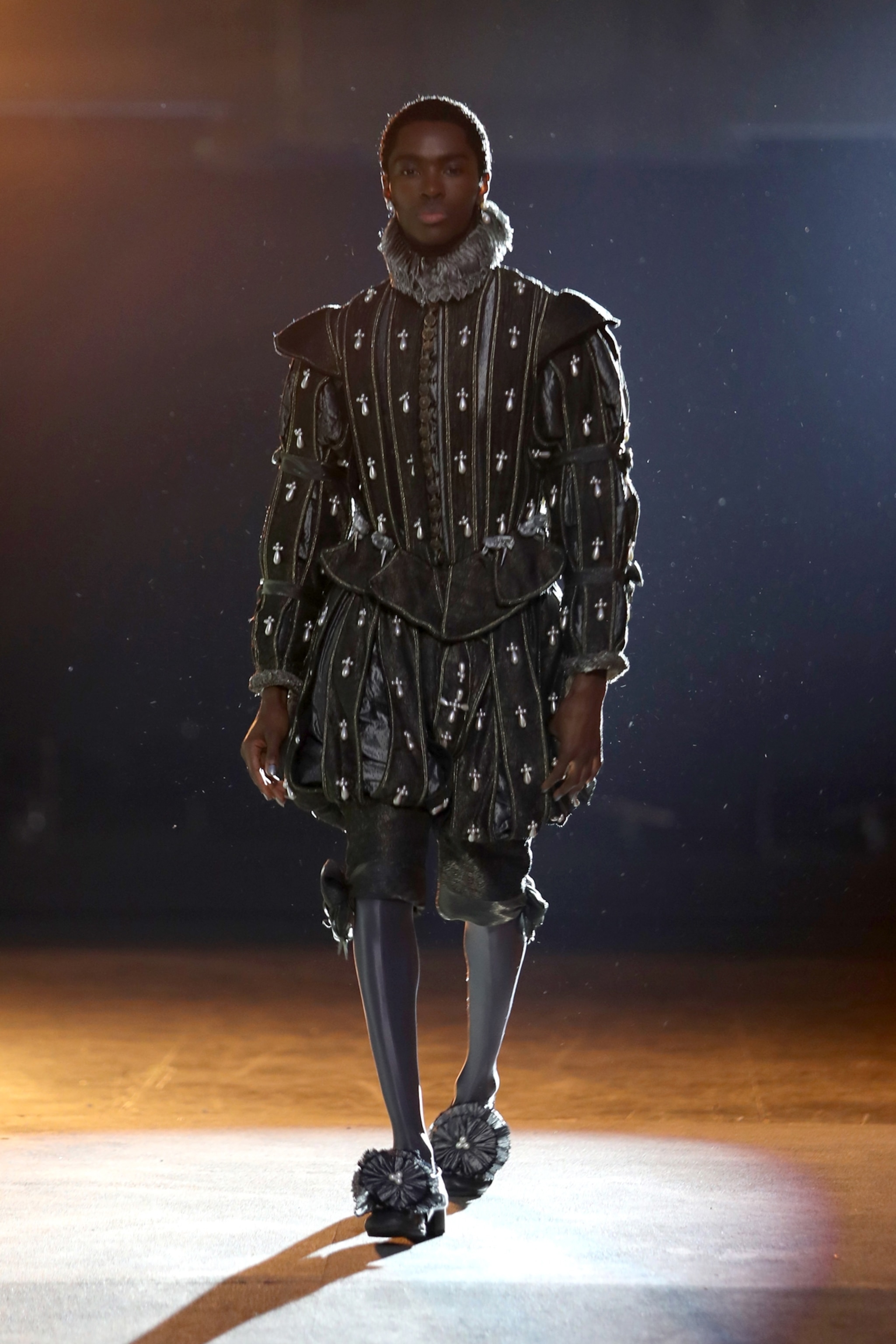
Dirtbag medievalism goes viral
And now, once again, pop culture is clanking with arms and armor. “Castlecore,” a viral term for the contemporary, Internet-driven reprise of Viollet-le-Duc’s aesthetic of cool stone and flickering shadows, is trending in design and fashion, with chainmail appearing on red carpets and in high-end design showrooms. Fantasy novels—especially the romantasy subgenre—are dominating the bestseller lists with stories of quests and swordfights. House of the Dragon is airing on HBO, there’s another Lord of the Rings movie in development and a prequel on Amazon Prime, and Barbie director Greta Gerwig is currently filming an adaptation of C.S. Lewis’s Arthuriana-inflected Narnia.
Social media platforms, too, are awash in dirtbag medievalism. TikTok and Instagram are filled with edits on the theme, visual collages stitched together from sources as varied as Pre-Raphaelite paintings and the 1981 film Excalibur. Often, they’re set to the tune “Golden Brown,” a 1981 single with a distinctive harpsichord intro. (Never mind that it’s as much about heroin as it is about romantic longing.)
“The Hottest Viral Accessory For Spring Is… A Princess Hat,” Bustle headlined a report on the online fad for recreating hennin, conical medieval headdresses firmly associated with fairy tale princesses. An entire social media subculture thrives around “Dark Academia,” which draws much of its romantic power from the Gothic and Gothic Revival architecture on campuses like Oxford and Yale. It’s an escape into a past imagined to be simpler, more pleasurable, and more beautiful—though that past is as much childhood as any other time.
“The idea of the medieval is very much filtered through consumer culture, through popular media,” says Cook. She adds that the current obsession with the past is “a kind of vibes medievalism, where things circulate because of familiar aesthetic and narrative tropes that are coded medieval.” That imaginary medieval is capacious, too. Cook recounted a recent trip to her local Ren Fair: “You have the very serious Viking reenactors with their 20-pound helmets and their shields and their furs, and they were hanging out next to the aerialists with elf ears on.”
It’s not about the medieval, really—it’s about the here and now, and it’s specifically about rejecting it.
Nineteenth-century British medievalism romanticized a hierarchical past, painting the British men fanning out across the globe to do imperialism’s dirty work as knights in shining armor. Tennyson’s Idylls of the King was bound up with England’s sense of itself as an ancient, deep-rooted place with venerable traditions—nobility and civilization incarnate, superior to other cultures. Sir Walter Scott and his novel Ivanhoe were hugely popular in the slaveholding antebellum American South. Often, imagined medieval worlds have been exclusionary, despite what scholars know to be true about the historical Middle Ages. Europe at the time was complex and interconnected and absolutely home to queer people and people of color. Just recently, for instance, geneticists revealed that an elite young woman buried in an Anglo-Saxon cemetery around 650 A.D. had a West African grandfather; a new exhibition at the Metropolitan Museum of Art’s Cloisters explores the complexity of sexual identity in the Middle Ages. Cook pulls out one thread of contemporary medievalism and labels it the “scumbag” strain: the one that evokes the past in the service of racism.
Roan’s performance—which Cook describes as camp medievalism—flies in the face of that tradition. Her moment on the VMA stage is in keeping with another ascendant strain of pop culture medievalism, one that turns those old stories inside out: women who claim the sword and the suit of armor for themselves.
While the protagonists of romantasy novels like A Court of Thrones and Roses and Fourth Wing may have many problems, their authors are writing against the 19th-century stereotype of the swooning damsel in distress, and they’re as enamored of training montages as they are of ballroom scenes. A scroll through Spotify will reveal numerous playlists like “training to become a fantasy heroine,” and it’s common to see online workouts inspired by romantasy protagonists. The year 2025 has even seen a spate of what fantasy writer Alix Harrow calls “ladyknight” books, featuring warrior women kitted out in full Round Table style. These are not fantasies of stepping into the roles cast for women by men like Tennyson in his Idylls of the King; often, these stories cast a skeptical eye on the concept of chivalry.
“It’s not just the medieval that’s popular right now—it’s a really specific gendered vision of the medieval,” Harrow says. “Yes, I’m using this language, but I’m using it for my own ends now.”
As writer Ursula K. LeGuin famously wrote, paraphrasing Tolkien, “Fantasy is escapist, and that is its glory.” That’s true, to an extent: the romantasy subgenre, for instance, boomed during the dark, anxious days of pandemic lockdowns.
But there’s a corollary, which is that often, fantasy readers are escaping into a kind of mirror world. Tolkien’s Lord of the Rings is unmistakably shaped by his experiences in the trenches of World War I; his American fans’ mid-century embrace of the series was deeply connected with the Vietnam War; the initial popularity of Jackson’s adaptations coincided with 9/11; and now young people are reconnecting with those movies online, in a time of environmental disaster and global conflict, a sense that darkness is billowing across the world like a pyroclastic flow.
In fantasy, Harrow suggests, “there’s an element of escapism, of relief, of catharsis that may not be possible in the real world. But there’s also an element of telling the truth in order to see your own life and the world more clearly, and survive it.” Fantasy has the power to make monsters literal. It coalesces historical forces and real-life villains beyond reach into a dragon who can be slayed. Even the Labubu, a pure consumer product of viral hype, sounds a creepy little note of unease with those sharp teeth—and then makes it into a pet.
Simultaneously, it appeals when everything just feels too big, too chaotic, too uncertain—like one of Arthur’s knights, finding themselves stumbling through a mysterious, strangely alien wood, unable to get their bearings. Donning armor and clasping a sword suggests a darkest hour, a dragon on the horizon and the scent of fire on the wind.
Ours is not a time of cool rationality—it’s a time of burning castles. And only the medieval will do.






